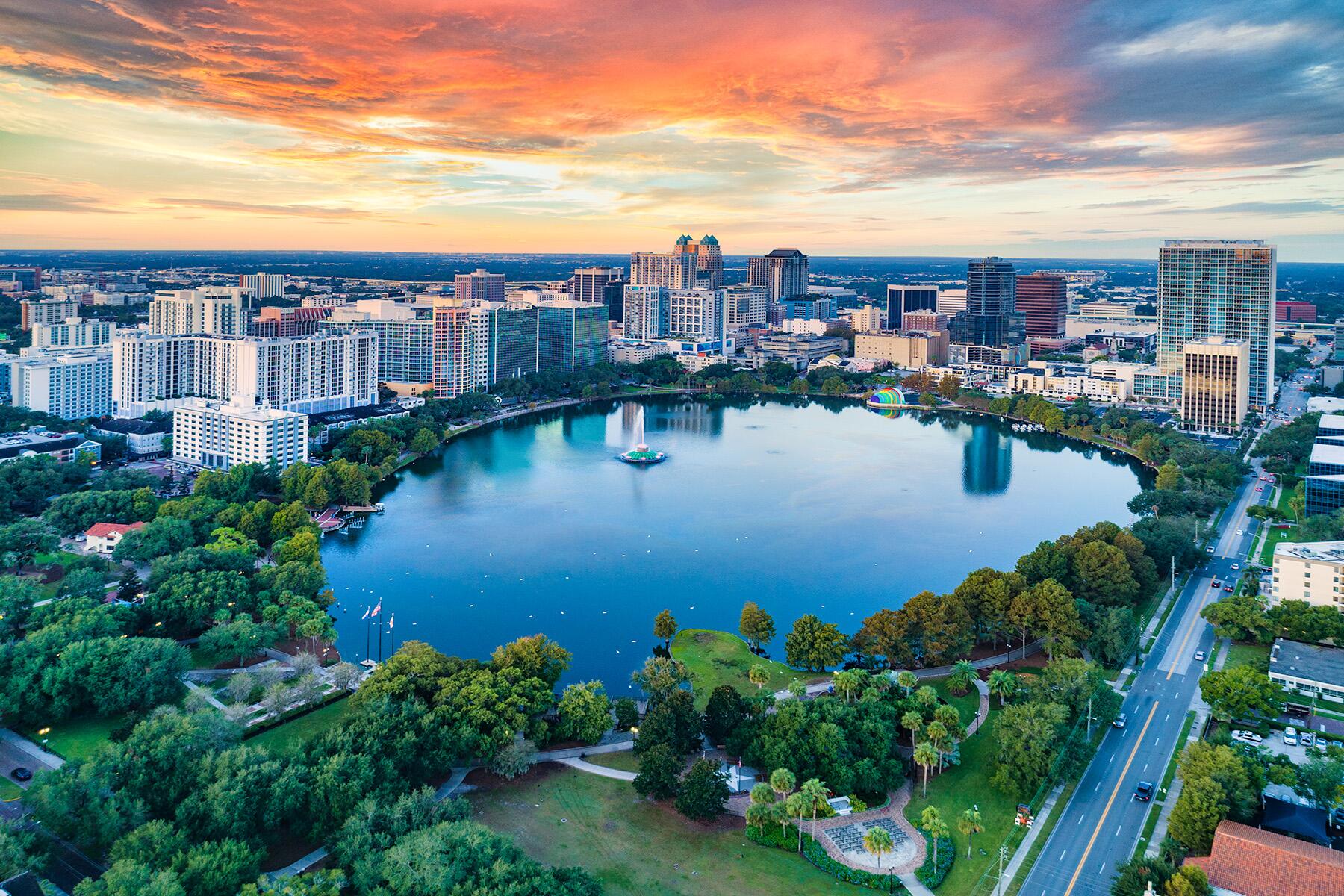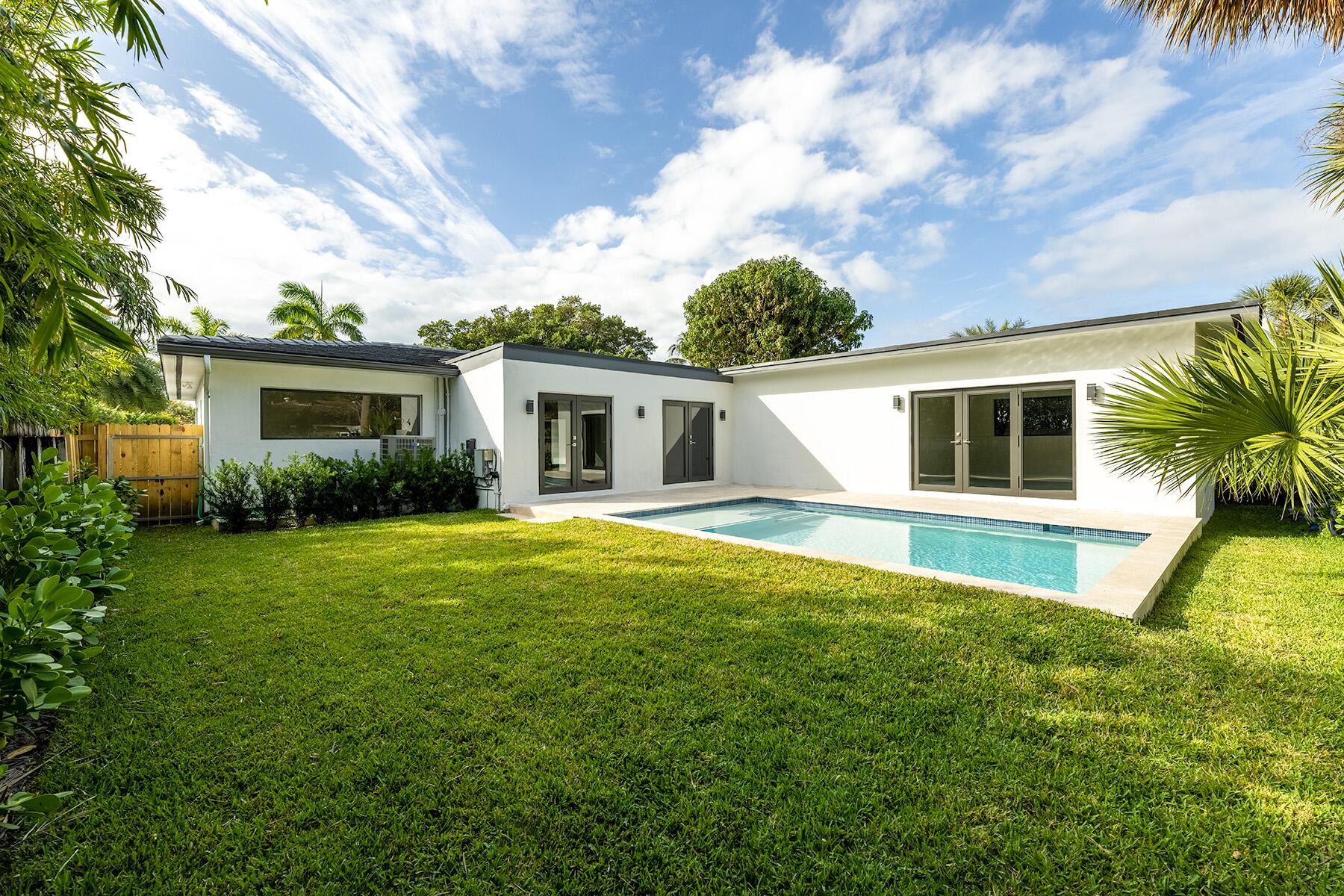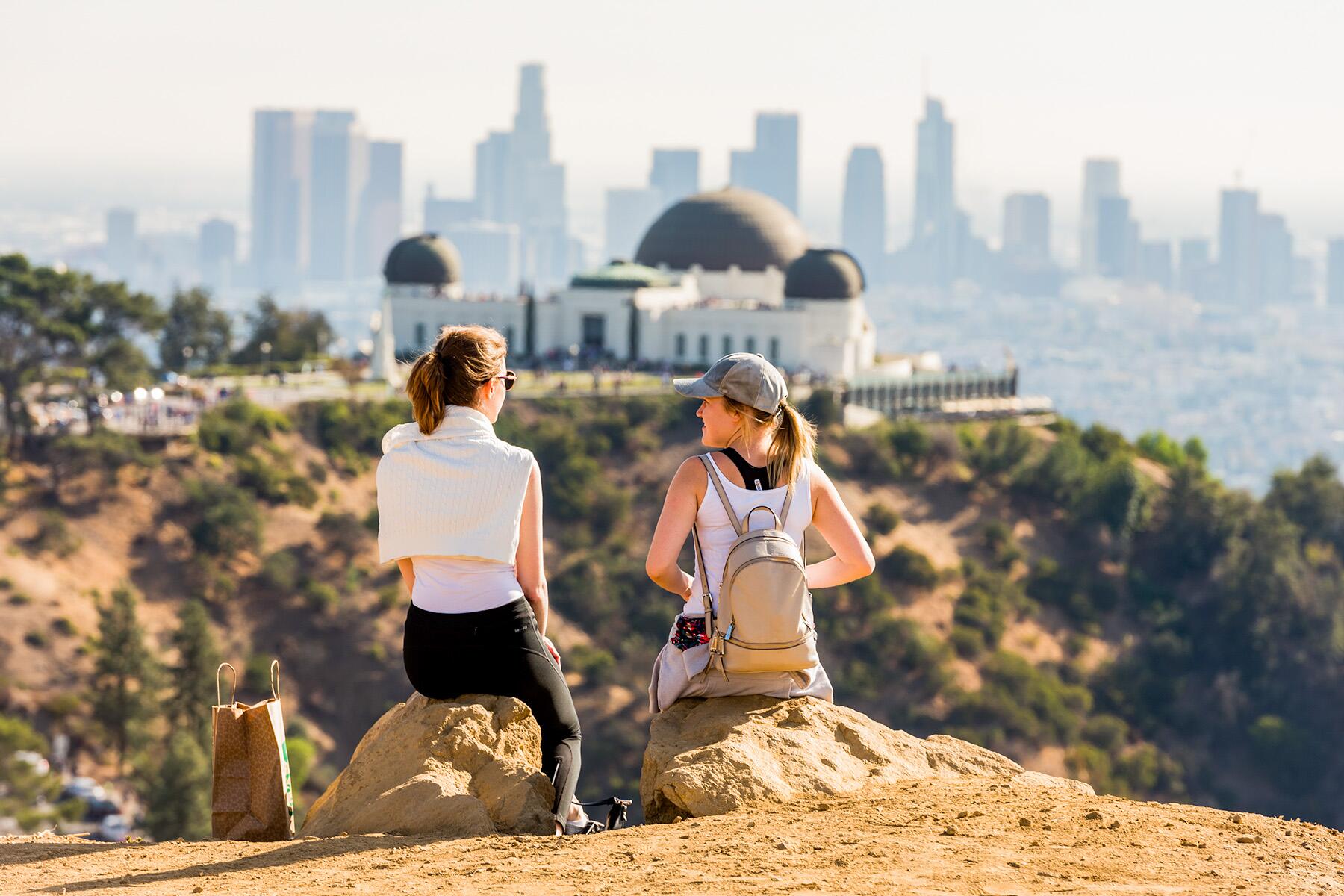It’s not possible to “do L.A.” in a one-week trip, but here’s how you can come close.
It’s called the City of Angels, but Los Angeles can be hell to navigate. For many visitors, getting around can feel overwhelming and detract from what should be a fabulous time in a storied city with near-perfect weather. Do not be intimidated. Whether you’re interested in exploring L.A. over a long weekend or for an entire week, follow this advice for a smoother journey.
Decide What Is Important to You
Los Angeles is, in a word, complicated. The 502-square-mile city makes up only a small portion of Los Angeles County, and many places considered iconic parts of Los Angeles, such as Beverly Hills and Santa Monica, are, in fact, their own cities with different municipalities.
For visitors, it’s not super-important to understand those particular nuances. However, it’s key to know that you will not be able to “do L.A.” in a couple of days or perhaps a whole week. Los Angeles County comprises 88 different cities and many unincorporated areas spread across more than 4,000 square miles. Before arrival, you need to make tough decisions about the quintessential L.A. experiences you want to have and the distance between them.
Recommended Fodor’s Video

Should You Rent a Car in Los Angeles?
For the most freedom in Los Angeles, you will need your own vehicle, especially if you are also planning to visit other places in Southern California like Orange County, Disneyland, San Diego, or Palm Springs. Depending on how you structure an L.A. trip, you can rely entirely on taxi or rideshare services and public transportation; it’s just going to take more time.
If arriving by air, the most convenient option is to rent a car on-site for your entire trip. You’ll avoid expensive taxi or rideshare services and have wheels to come and go as you please. Alternatively, you could curb costs by only renting a car when you’ll truly need it, say you’re mostly staying in Hollywood but want to spend one whole day exploring the coastal area.
What’s Traffic Really Like in Los Angeles?
Traffic in Los Angeles is very real, although it’s often blown out of proportion. For most visitors staying in metropolitan Los Angeles, traffic won’t seem nearly as cumbersome as its reputation has led you to believe. Drive off-peak hours, avoiding traffic between 7 a.m. and 10 a.m. in the morning and 4 p.m. and 7 p.m. in the evening, especially on freeways like the 405 and 10.
While exaggerated, there was some truth to those popular “The Californians” sketches from Saturday Night Live in the 2010s. Angelenos definitely have their preferred routes for bopping around town to avoid congestion. Rule No. 1: Take surface streets. You’ll avoid the highest potential for bumper-to-bumper traffic, as well as have more opportunities to see the city.
Can You Use Public Transportation?
While the public transportation system in Los Angeles is certainly not as strong as other cities, and huge swaths are not readily accessible by train or bus, there are a few routes that connect far-flung sections of L.A. County. For instance, you can take a train from downtown to the beach. The 22-mile-long expo line conveniently connects downtown Los Angeles to Santa Monica.
If you’re planning on attending a concert or sporting event at a venue like Dodger Stadium, the Hollywood Bowl, or SoFi Stadium, using public transportation is prudent. Ditto goes for visiting places like Hollywood Boulevard and Universal Studios Hollywood (which is actually in the San Fernando Valley, not Hollywood). It’s more eco-friendly and will cost much less than parking.
Divide Your Time: Try a Split Stay
For trips of a week or longer, consider dividing your time between the Eastside and Westside to increase efficiency and absorb every vibe that L.A. has to offer. While the Westside boasts sun-drenched scenery in beachy communities like Malibu and Venice, the Eastside features a higher concentration of cultural institutions in spots like Hollywood and downtown Los Angeles.
If you’re only coming for a couple of days, it would be efficient to pick one part of Los Angeles and concentrate your efforts there. Wouldn’t you rather spend more time browsing a museum or boutique than being stuck in a car or bus? Maybe you’re keener to glimpse art than catch waves, so stick to downtown L.A. where museums and cultural experiences are most plentiful.

Visit Walkable Neighborhoods
In 1983, the new wave band Missing Persons jokingly declared in their song “Walking in L.A.” that, well, nobody walks in L.A. Today, that’s not entirely accurate. Venice, Santa Monica, Silver Lake, Los Feliz, West Hollywood, Beverly Hills, Koreatown, Burbank, North Hollywood, and Studio City are among the locales where pedestrians can easily stroll on sidewalks.
For convenience, try to spend at least one day exploring a neighborhood where you can walk to several attractions, restaurants, and shops. Mid-Wilshire, for example, is an extravaganza: The Academy Museum of Motion Pictures, Los Angeles County Museum of Art, Petersen Automotive Museum, Craft and Folk Museum, and La Brea Tar Pits are within a few blocks.
Keep It Central
Hollywood, West Hollywood, and Beverly Hills are arguably the most central areas in Los Angeles, offering solid but pricey accommodation options. Staying in these locales can help lessen any navigation stress if an all-encompassing trip is your goal—or if you do not plan on spending any time in the San Fernando Valley, at any beaches, or in downtown Los Angeles.
Your hotel might be more expensive per night, but if you’re not traveling far, you could make up the difference with lower transportation costs. Remember: Parking is usually at a premium in Los Angeles’ densest areas and can quickly add up with fees for valet, parking meters, and garages. The majority of the most well-known attractions are located near the center of L.A.
Read Street Signs
When parking on the street, it’s important to understand pricing, timing, and other restrictions. These can be overly complicated—even for savvy Angelinos—because many jurisdictions have vastly different rules. Most street parking is limited to specific times of the day. Before walking away from your vehicle, make sure you understand the street signs for that space.
Also, don’t assume you can park in any ol’ parking lot. It may seem ridiculous, but because space is at such a premium, many parking lots are restricted to valet services or tenets. Heed the warnings of being towed. It is not merely a threat. You don’t want to spend your precious vacation time attempting to locate your vehicle or paying to free it from an impound lot.

Watch the Clock
It’s always a good idea to craft an itinerary when traveling and even more important in L.A. when factoring travel time and availability. Many museums and attractions aren’t open every day of the week or operate with limited hours. Cutting it too close could result in missing an exhibition, being too late to be seated for a reservation, or having less time to enjoy a show or game.
Avoid transportation frustration by creating daily itineraries with destinations as close to each other as possible. Starting your day basking in the sun on Venice Beach and then visiting the Broad Museum in downtown L.A. in the afternoon sounds delightful but is not efficient. While it looks like it’s only about 30 miles or so away on a map, traffic could make a trip like that take hours.
Appreciate the Journey
Remember that driving itself—for better or worse—is part of the Los Angeles experience. Zipping up and down the Pacific Coast Highway next to the majestic coastline, soaring along Mulholland Drive overlooking Los Angeles’ sprawling cityscape, or winding through the Art Deco tunnels on Pasadena’s Arroyo Seco Parkway are one-of-a-kind scenic journeys.
Yes, traffic is super-duper annoying, and Los Angeles certainly needs to become a better-connected destination. (An automated train system to Los Angeles International Airport isn’t expected to open until 2025.) However, moving between diverse and captivating communities is ultimately a fundamental part of the L.A. experience. Make a plan, slow down, and embrace it.



